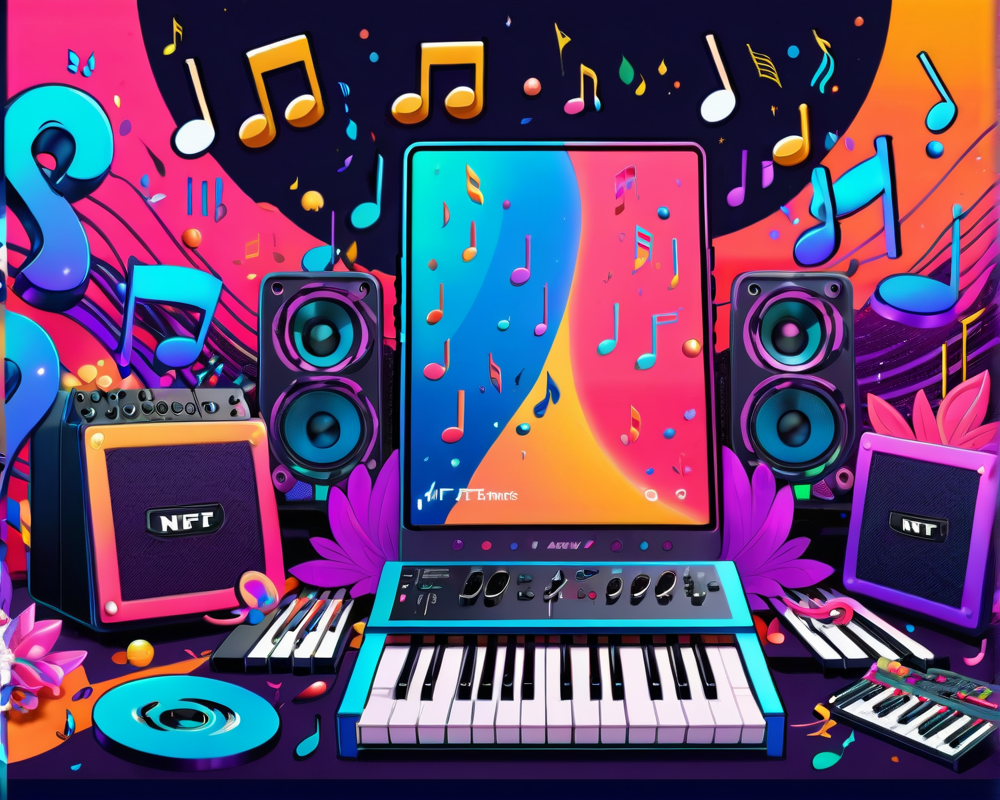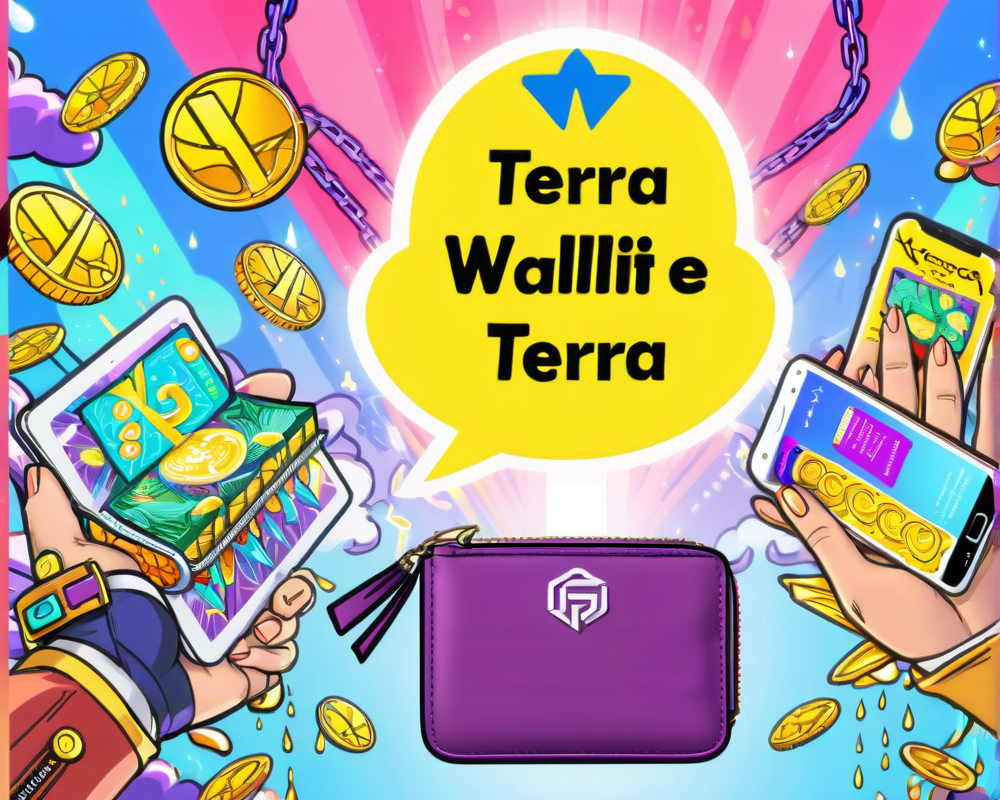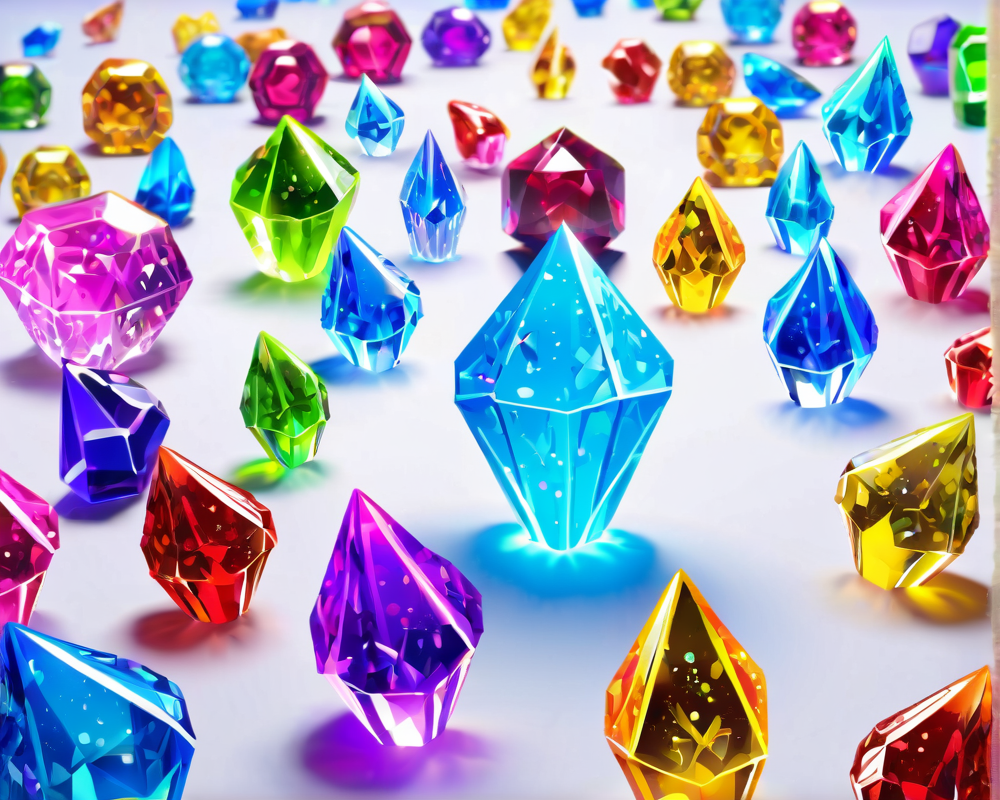Understanding Music NFTs
In the ever-evolving world of digital assets, music-based nonfungible tokens (NFTs) have emerged as a game-changing concept. At their core, these collectibles are digital items that bring together music and ownership, allowing fans to engage with their favorite tracks on a whole new level. Think of them as the vinyl records of the digital age—only cooler, and without the dust!
The Birth of Music NFTs
The first major player to enter this digital soundspace was the innovative collection known as Audioglyphs. These NFTs not only store music but also generate an infinite stream of audio, changing how we consume and appreciate sound. Imagine having a unique soundtrack to your life that no one else has!
Prominent Artists Joining the Revolution
Big names in the industry are starting to shine a spotlight on music NFTs. Take 3LAU, for example—this electronic DJ sold his album Ultraviolet for a jaw-dropping $11.7 million! He ventured further into this realm by creating a royalty-sharing platform, Royal, which has already raised over $71 million. And if that’s not enough, even John Legend is planting his flag in the NFT ground by launching his own music platform. It seems like the sound of opportunity is ringing loud and clear.
Trends and Transformations in the Music Industry
Although the popularity of music NFTs hasn’t reached the dizzying heights of their visual art counterparts, several platforms are taking strides to provide an inclusive user experience. For artists, this is a golden ticket to monetize their craft more effectively than ever before. Music NFTs offer revolutionary tools for community building and direct fan engagement, allowing artists to connect with dedicated followers on a personal level through rewards and exclusive access. The trend is clear: you no longer need countless thousands of listeners to thrive; with a dedicated few, you can still achieve sustainability.
The Dynamics of Music NFTs: A Dual Benefit for Artists and Investors
When it comes to the benefits of music NFTs, collectors have much to gain. Think of exclusive content, immersive experiences, and direct communication with artists. For example, the owners of Relics, a project by Monstercat, see their collectibles’ rarity increase as the song gains popularity. This dynamic rarity means that as a track’s performance improves, so does its value—a win-win for both artists and fans!
Dynamic Rarity: A New Sound in Collectibility
Dynamic rarity is a fascinating concept where the NFT’s rarity evolves in correlation with the song’s success on traditional platforms. It’s like a stock market for sound—your investment can fluctuate based on real-time performance metrics. This evolution stands to harmonize Web2 and Web3 in a novel way while embracing the significance of both realms. For fans of music, this represents a chance to become tastemakers in the evolving digital landscape.
Looking Ahead: The Future of Music NFTs
As technology continues to advance, so too will the possibilities for music NFTs. We can expect increased functionality, such as in-game integrations, and new models for royalty sharing. Just like visual art, music NFTs are poised to revolutionize how we create, share, and enjoy music.
“Music NFTs will not just change the industry; they will redefine the very relationship between artists and fans.”




